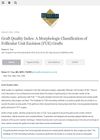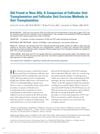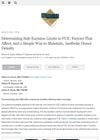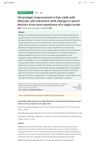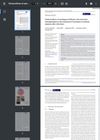How to Avoid Overharvesting During Repeat Follicular Unit Excision Sessions by Calculating the Number and Density of Previously Excised Grafts
July 2018
in “
Hair transplant forum international
”
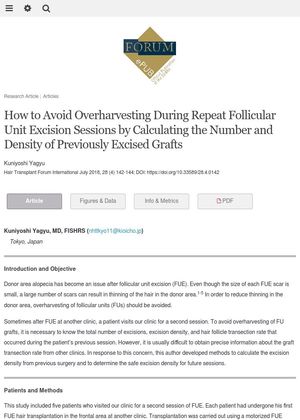
TLDR To prevent thinning in the donor area, harvest less than 50% of the original hair density in repeat hair transplants.
The study, conducted by Kuniyoshi Yagyu, MD, FISHRS, aimed to develop methods to calculate the excision density from previous hair transplant surgeries and determine the safe excision density for future sessions. The study included five patients who had undergone their first follicular unit excision (FUE) hair transplantation at another clinic and visited Yagyu's clinic for a second session. The study found that overharvesting of follicular units (FUs) can result in visible thinning in the donor area. To avoid this, the total number of FU grafts harvested should be less than 50% of the baseline FU density. The study also found that the total transection rates in the patients studied were unacceptably high, suggesting that many FU grafts were destroyed and lost during the first FUE sessions. The study concluded that in order to avoid overharvesting of FU grafts and thinning of hair in the donor area in repeat FUE cases, the physician needs to know how many FUs had already been harvested during the previous session.
